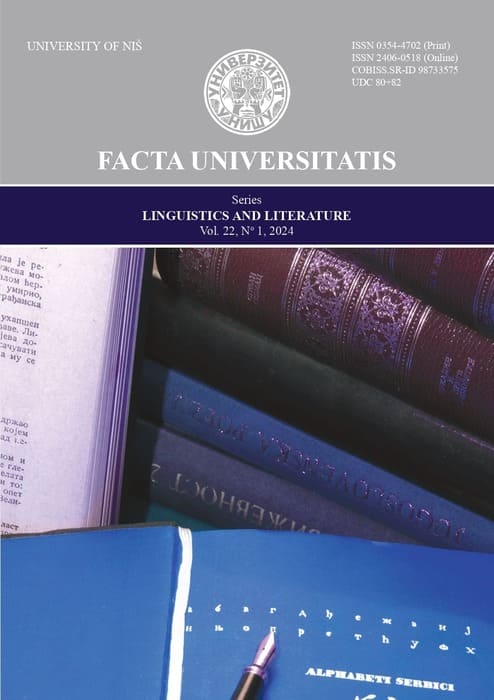TEACHING HERITAGE LANGUAGE – WHY SO DIFFERENT? ISSUES IN TEACHING SERBIAN AS A HERITAGE LANGUAGE
TEACHING HERITAGE LANGUAGE – WHY SO DIFFERENT? ISSUES IN TEACHING SERBIAN AS A HERITAGE LANGUAGE
Author(s): Kristina PetrovićSubject(s): Language and Literature Studies, Applied Linguistics, Language acquisition, Psycholinguistics, Sociolinguistics
Published by: Универзитет у Нишу
Keywords: heritage language; bilingualism; methodology; identity; innovation
Summary/Abstract: Although scholarly interest in heritage language preservation dates back to the mid-1960s and early 1970s (Kagan, Dillon, 2008, 145), the last few decades offered significant results in terms of teaching and testing. This paper highlights some issues in teaching Serbian as a heritage language, contrasting it to teaching Serbian as a foreign language. Practitioners face many challenges teaching students who study their home language: from approaching these students to meeting their needs, which go beyond just speaking the language and include identity matters, psychological, social, and intercultural burden (Kagan 2012, 72) of being bilingual and bicultural. These issues, with the right approach in language schools and at home, can become a real prerogative in a multicultural world. It is, therefore, essential for teachers and scholars, to collaborate and, with adequate state support and language policy, make “community-based curriculum” (Carreira, Kagan 2017), which considers students' cognitive, affective, and behavioral needs and would help them to “cope with two cultural worlds that they simultaneously inherit” (Kagan 2012, 80). This paper presents methods used at the School of Serbian Language, culture, and Tradition “SAVA”, which has been working with more than 500 families in 70 countries teaching Serbian as a heritage language.
Journal: FACTA UNIVERSITATIS - Linguistics and Literature
- Issue Year: 22/2024
- Issue No: 1
- Page Range: 135-150
- Page Count: 16
- Language: English

